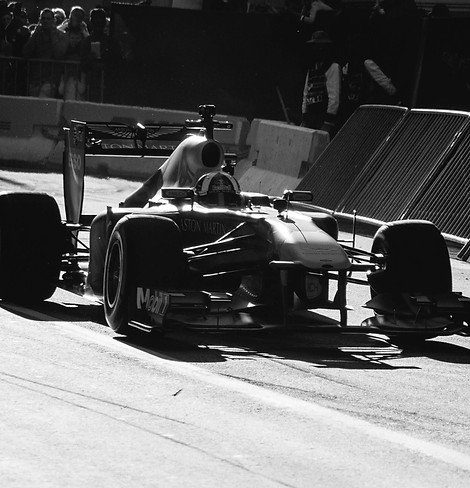
IndyCar Rank Prediction
Rank position forecasting in car racing is a challenging problem.
We propose RankNet, a combination of the encoder-decoder network and a separate Multilayer Perception network that is capable of delivering probabilistic forecasting to model
the pit stop events and rank position in car racing. RankNet demonstrates a significant performance improvement.
Publication
Rank Position Forecasting in Car Racing
B. Peng, J. Li, S. Akkas, T. Araki, O. Yoshiyuki, J. Qiu
Proceedings of 35th IEEE International Parallel & Distributed Processing Symposium (IPDPS21)
RankNet Architecture
The details of RankNet is shown in our neural network architecture for the two sub-models in Figure.
PitModel adopts a simple multilayer perceptron network(MLP), denoted as Stacked Dense layer. RankModel adopts an encoder-decoder architecture, which is widely used in sequence modeling. Both encoder and decoder is a deep neural network capable of modeling long-range context dependencies, such as the classical multi-layer recurrent neural network with LSTM cells, or more recently successful Transformer. A dense layer converts the output of the encoder and decoder into the parameter of a predefined
distribution.
RankNet forecasting results
RankNet demonstrates a significant performance improvement, where MAE improves 19% in two laps forecasting task and 7% in the stint forecasting task over the best baseline and is also more stable when adapting to unseen new data. Details of the model optimizations and performance profiling
RankNet, a combination of the encoder-decoder network and a separate MLP network capable of delivering probabilistic forecasting, to model the pit stop events and rank position in car racing. In this way, we incorporate domain knowledge to enhance the deep learning method.
Our proposed model achieves significantly better accuracy than baseline models in the rank position forecasting task. The advantages of needing fewer feature engineering efforts and providing probabilistic forecasting have enabled us with refined racing strategy optimizations.


